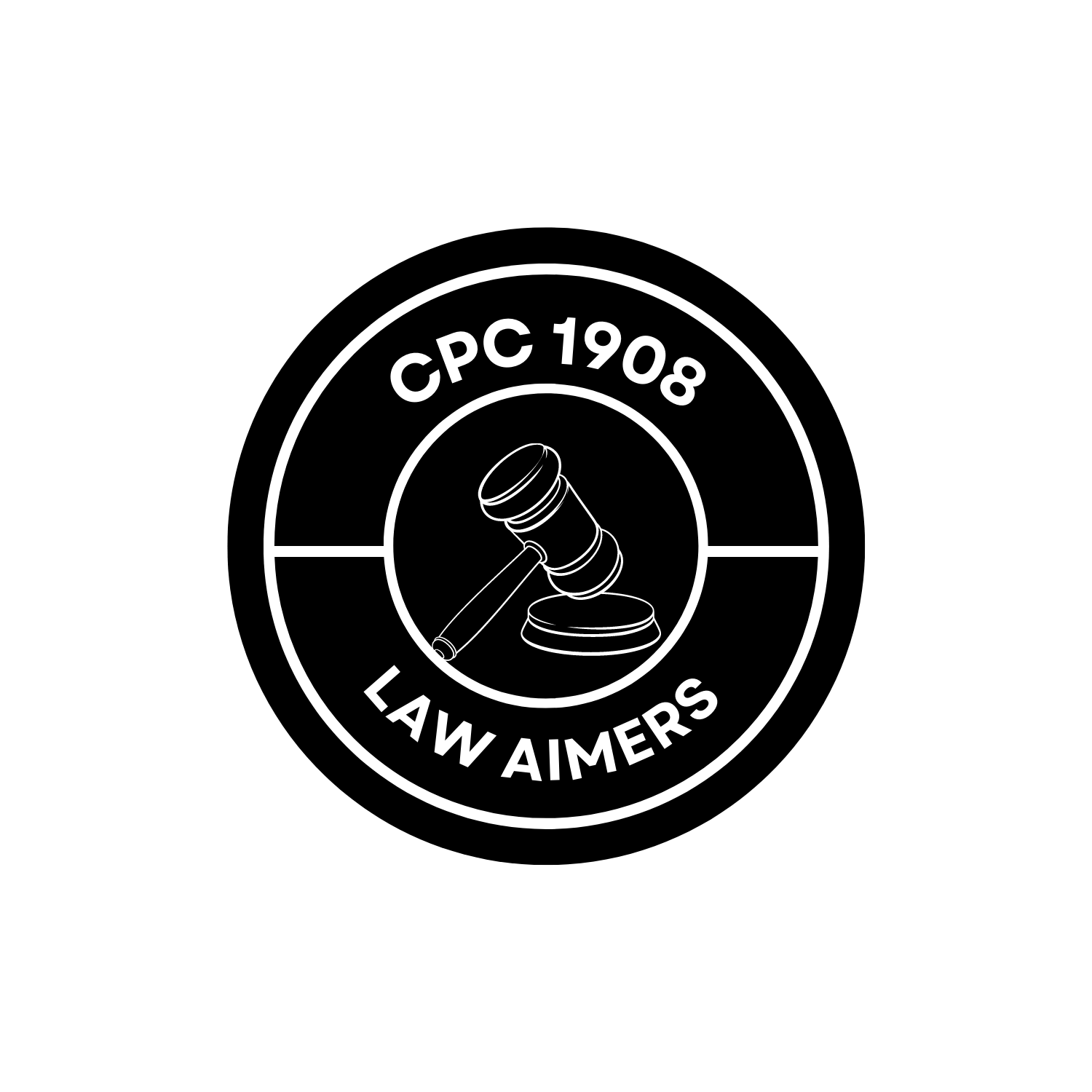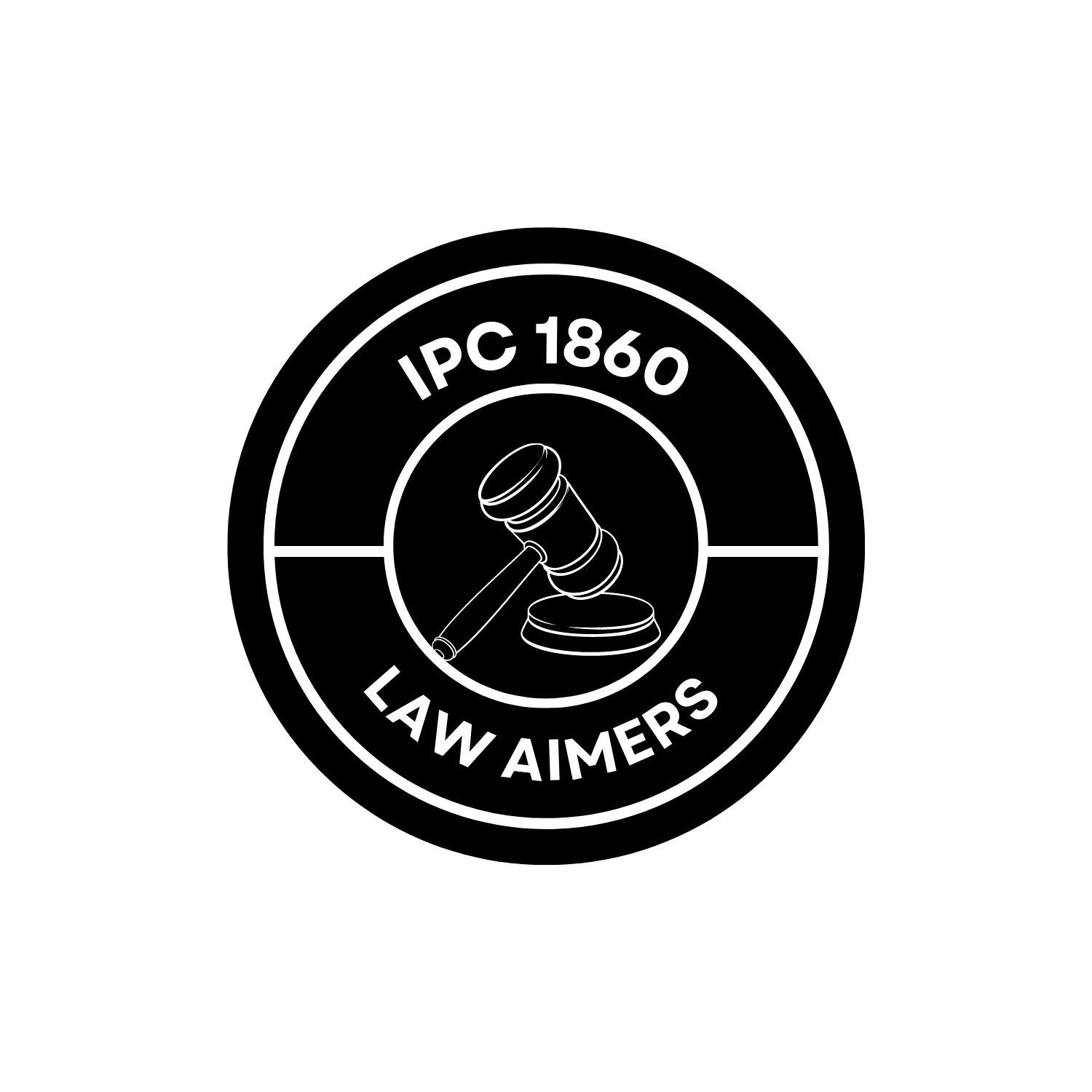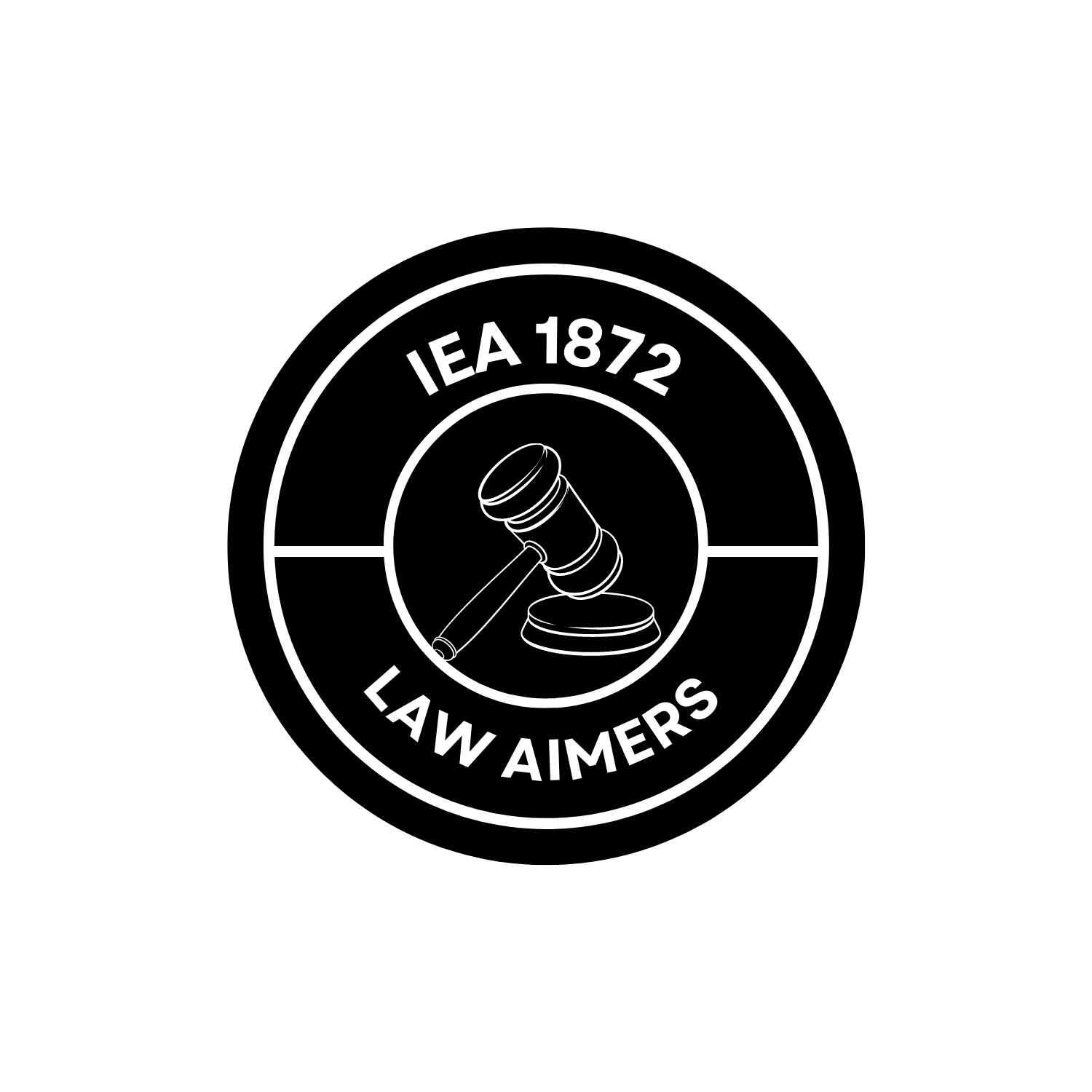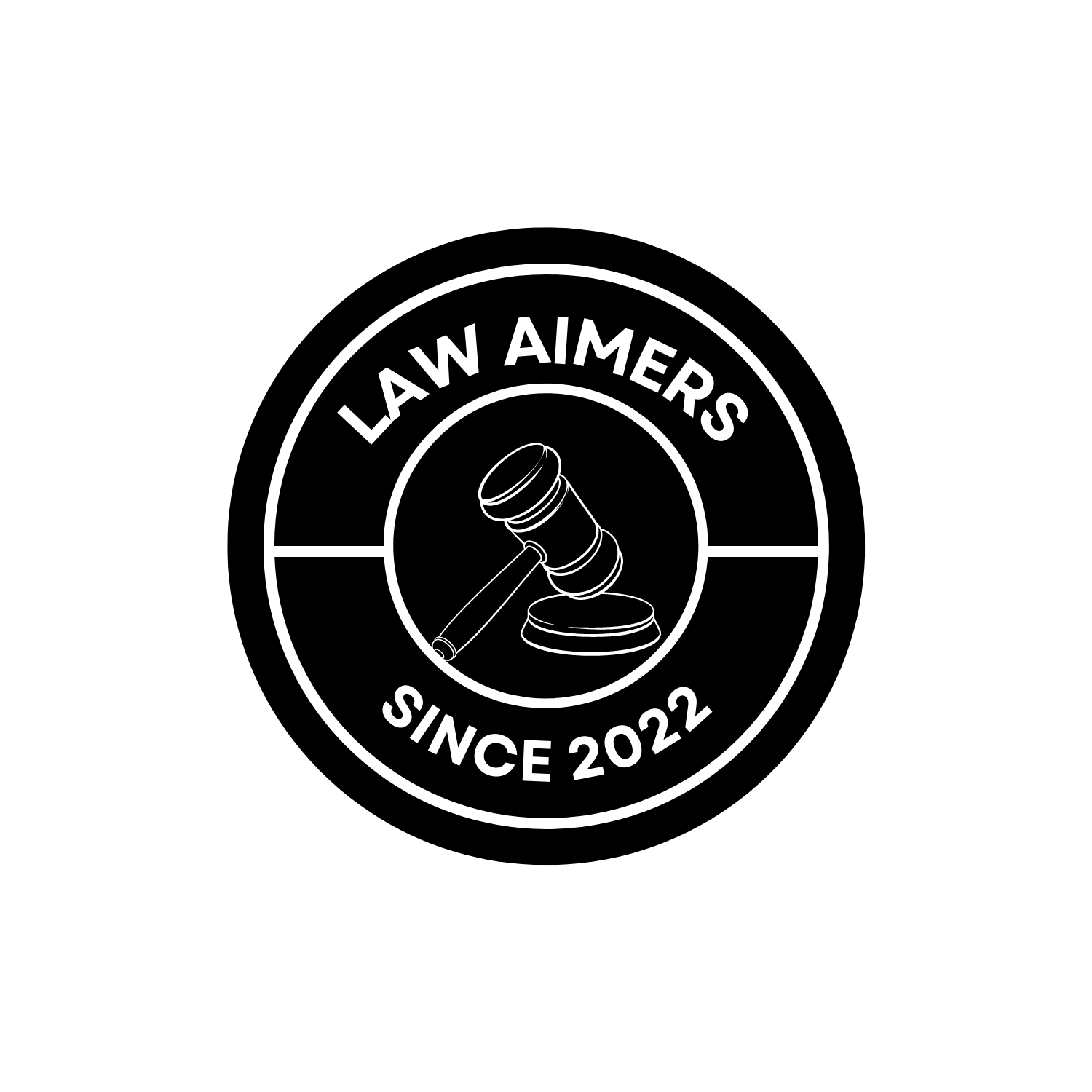Under the Code of Civil Procedure (CPC), the plaint and written statement are important components of the pleading process in civil cases.
Plaint under CPC
A plaint is a document filed by the plaintiff (the party initiating the lawsuit) to commence a civil case.
Essential Elements of Plaint:
- Name, address, and contact details of the plaintiff: The plaintiff’s personal information for identification purposes.
- Court’s jurisdiction: The name of the court where the plaint is filed, indicating the court’s territorial jurisdiction.
- Parties involved: The names and addresses of the plaintiff and the defendant(s) in the case.
- Facts: A clear and concise statement of material facts: The plaintiff presents a chronological and detailed account of the relevant facts that support their claim. It is important to avoid including conclusions or arguments in this section.
- Cause of Action: The legal grounds or reasons justifying the plaintiff’s claim against the defendant(s). It explains why the plaintiff believes they are entitled to relief.
- Relief sought: The specific relief or remedy sought by the plaintiff, such as monetary compensation, injunction, or specific performance. This section outlines what the plaintiff wants the court to grant them.
- Valuation: The value of the subject matter of the suit for the purpose of court fees and determining the court’s jurisdiction.
- Verification (optional): The plaint may require verification, where the plaintiff swears or affirms the truthfulness of the contents stated in the plaint. This adds credibility to the document.
Written Statement under CPC
A written statement is a document filed by the defendant in response to the plaint. It contains the defendant’s version of the facts and defenses against the claims made by the plaintiff.
Key Elements of a Written Statement:
- Response to allegations: The defendant responds to each of the material facts stated in the plaint. They may admit, deny, or claim ignorance regarding the allegations made by the plaintiff. This section helps clarify the defendant’s position on the facts.
- Affirmative defenses: The defendant presents any legal defenses, counter-claims, or set-offs that they raise to defeat the plaintiff’s claim. This section highlights the reasons why the defendant believes they should not be held liable or responsible.
- Reference to documents: The defendant may refer to and rely on any relevant documents that support their defense or contradict the plaintiff’s claims. This helps substantiate their position and may include contracts, receipts, or any other evidence supporting their case.
- Verification (optional): Similar to the plaint, the written statement may require verification, where the defendant swears or affirms the truthfulness of the contents stated in the written statement. This adds credibility to the document.
Both the plaint and written statement are crucial components of the pleading process in civil cases. They provide a structured framework for the parties to present their claims, defenses, and versions of the facts. These documents serve as the foundation for the trial process, helping the court understand the issues in dispute and facilitating a fair and efficient resolution of the case.





